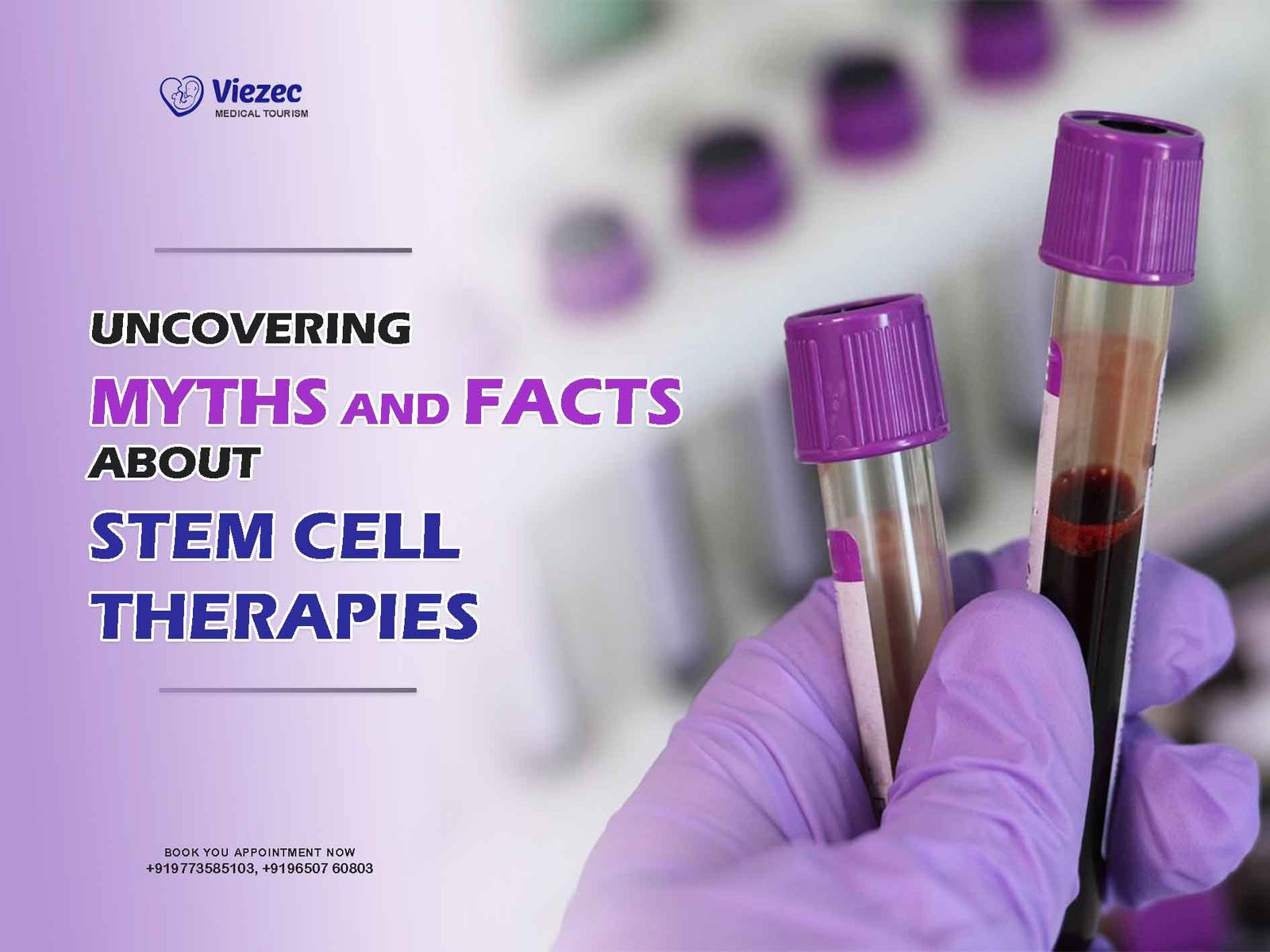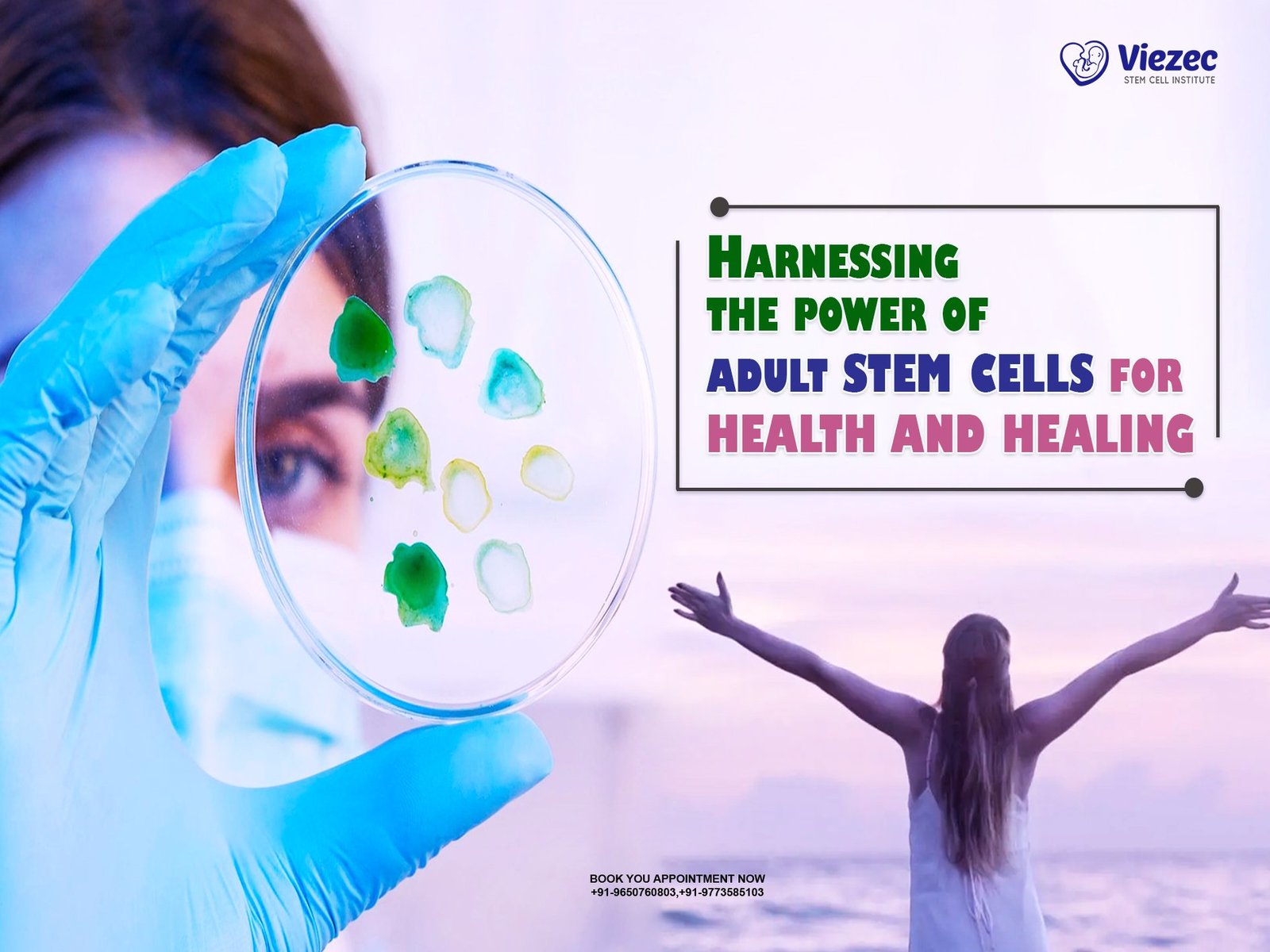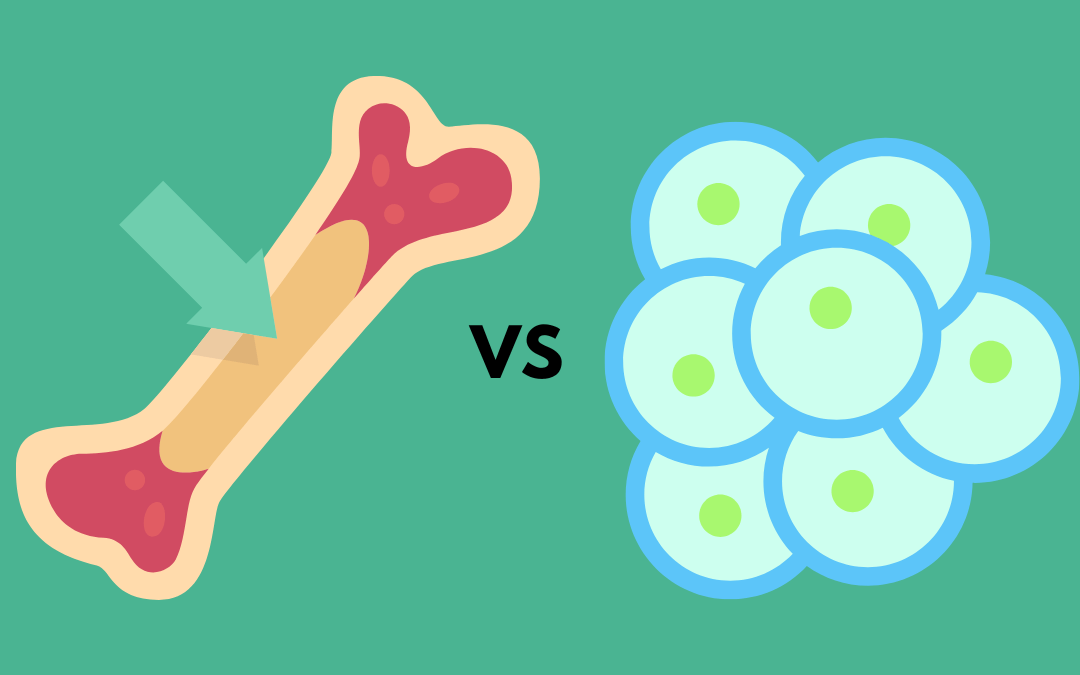Stem cell therapy has emerged as a promising field in medical science, offering potential treatments for a variety of conditions ranging from neurological disorders to organ damage. However, with the rapid advancement of this technology, numerous myths and misconceptions have also arisen. In this comprehensive guide, we will delve into the myths and facts surrounding stem cell therapies, exploring their potential, limitations, and ethical considerations.
Understanding Stem Cells
Before delving into the myths and facts, it’s crucial to have a clear understanding of what stem cells are and how they function within the body. Stem cells are undifferentiated cells with the remarkable ability to develop into various specialized cell types. They can be classified into two main categories: embryonic stem cells and adult stem cells.
Types of Stem Cells
- Embryonic Stem Cells (ESCs): These stem cells are derived from the inner cell mass of a blastocyst, a hollow sphere of cells that forms within the first few days of embryonic development. ESCs are pluripotent, meaning they can differentiate into any cell type in the body.
- Adult Stem Cells: Also known as somatic or tissue-specific stem cells, adult stem cells are found in various tissues throughout the body, including bone marrow, adipose tissue, and the brain. These cells are multipotent or sometimes oligopotent, meaning they have the potential to differentiate into a limited range of cell types.
Mechanisms of Action
Stem cells exert their therapeutic effects through various mechanisms, including:
- Differentiation: Stem cells can differentiate into specific cell types to replace damaged or diseased cells.
- Secretion of Growth Factors: Stem cells produce growth factors and cytokines that promote tissue repair and regeneration.
- Immunomodulation: Stem cells can modulate the immune response, reducing inflammation and promoting tissue healing.
Debunking Myths About Stem Cell Therapies
Myth 1: Stem Cell Therapies Are a Panacea for All Diseases
Fact: While stem cell therapies hold immense potential for treating a wide range of conditions, they are not a cure-all solution.
Stem cell therapies have shown promise in treating diseases such as Parkinson’s disease, spinal cord injury, and heart failure. However, their efficacy varies depending on the specific condition, the type of stem cells used, and the method of administration. Moreover, certain diseases may require a combination of stem cell therapy with other treatments for optimal results.
Myth 2: Stem Cell Therapies Are Risk-Free
Fact: Like any medical intervention, stem cell therapies carry risks and potential complications.
While stem cell therapies are generally considered safe when performed by qualified healthcare professionals, there are risks associated with the procedure. These risks include infection, immune rejection, tumor formation, and unintended differentiation into inappropriate cell types. Additionally, the use of unproven stem cell treatments obtained from unregulated clinics poses a significant risk to patients’ health and safety.
Myth 3: Embryonic Stem Cells Are the Most Effective Type of Stem Cells
Fact: While embryonic stem cells have the potential to differentiate into any cell type, they also pose ethical concerns and practical limitations.
Embryonic stem cell research has been met with ethical controversies due to the destruction of human embryos required for their extraction. Furthermore, the use of embryonic stem cells in clinical applications is complicated by the risk of immune rejection and tumor formation. In contrast, adult stem cells offer several advantages, including accessibility, reduced risk of rejection, and ethical acceptability.
Exploring the Ethical Considerations
Stem cell research and therapy raise complex ethical issues that must be carefully considered and addressed.
Ethical Concerns Surrounding Embryonic Stem Cells
The use of embryonic stem cells raises ethical concerns related to the destruction of human embryos, which some consider to be morally equivalent to ending human life. This has led to debates over the ethics of embryonic stem cell research and the funding of such research by governmental and private institutions.
Patient Safety and Informed Consent
Ensuring patient safety and informed consent is paramount in stem cell therapy. Patients considering stem cell treatments should be provided with accurate information about the potential risks, benefits, and alternatives to inform their decision-making process. Additionally, healthcare providers must adhere to established guidelines and standards to minimize risks and maximize patient safety.
Role of Regulation
Regulatory oversight plays a crucial role in ensuring the safety and efficacy of stem cell therapies.
FDA Regulation in the United States
In the United States, the Food and Drug Administration (FDA) regulates stem cell therapies as biological products, drugs, or devices, depending on their intended use and mode of action. Stem cell therapies intended for use in clinical trials must undergo rigorous evaluation to demonstrate safety and efficacy before they can be approved for widespread use.
Regulatory frameworks for stem cell therapies vary significantly from country to country. While some countries have implemented comprehensive regulations to oversee stem cell research and therapy, others have more lenient or inconsistent regulatory standards. This lack of harmonization poses challenges for ensuring consistent standards of safety and efficacy in stem cell treatments worldwide.
Make informed Decision
Stem cell therapies hold great promise for revolutionizing the treatment of various diseases and injuries. However, it is essential to separate fact from fiction and address the ethical, regulatory, and scientific complexities surrounding their use. By debunking myths, understanding the mechanisms of action, and implementing robust regulatory oversight, we can harness the full potential of stem cell therapies while safeguarding patient safety and ethical principles.
While the field of stem cell therapy continues to evolve, it is critical to approach it with caution, diligence, and a commitment to scientific integrity and ethical responsibility.









